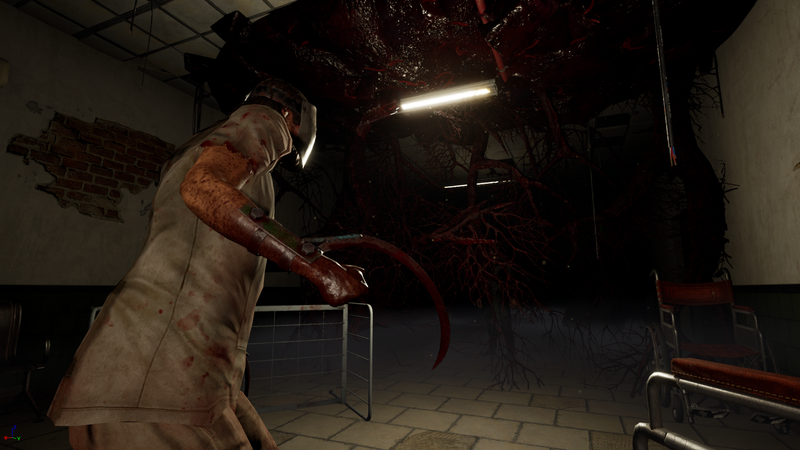
Sound Design
Have you ever played a horror game where the atmosphere is so thick with tension that you find yourself holding your breath? Your heart races as you creep through the dark, listening for any sign of the monster that’s surely lurking around every corner. What makes these moments so effective is not necessarily what you see on screen. Sure, the monster itself can be terrifying, but it’s often what you don’t see that’s truly scary. Think about it: when the monster is right in front of you, you can at least see it and get a sense of its size and power. But when it’s lurking off screen, your imagination is left to fill in the details and that can be even more frightening. This is why sound is so important in horror games. The creaks and whispers coming from the darkness can be just as scary as the monster itself.
Camera Tricks
Another important factor in creating a scary atmosphere is disorientation. When you can’t easily gather your bearings, it’s easy to panic. This is why games like Silent Hill use fog and strange camera angles to disorient you. If you’ve ever played this series you may have noticed whenever you enter a room, the camera faces the player. This is intentionally done to restrict the players ability to gather information about the room they’ve just entered. It forces the player to walk into a potentially dangerous situation completely blind. So next time you’re playing a horror game, pay attention to the things you can’t see on screen. They might just be the most frightening part of the game.
Incorporating These Tricks in a Modern Video Game
In my game Whispers of West Grove, I use a similar technique with the third person camera to disorient and scare the player. This wasn’t always the case though. When I began development I ran into an issue with the player being able to instantly scan and assess the danger of many of the rooms. This was due to the smaller nature of the rooms and being unable to manipulate the view due to the modernization of the camera using third person. Despite this I knew there was some other way to achieve this effect and this is were I got the idea of using multiple dimensions to restrict the players ability to instantly assess a room. I added 3 flashlight modes: Normal, UV, and Off. I then programmed it so certain monsters are only visible in certain flashlight modes. This worked perfectly because now you’re filled with a sense of unease as you’re never quite sure what’s in the room with you until you check all 3 dimensions. I also used a mix of diegetic and non-diegetic sound to create a truly unsettling atmosphere. Non-diegetic sound is music that the character can’t hear, but the player can. I used this to ramp up the tension and make the player feel like something bad is about to happen. Diegetic sound, on the other hand, is sound that the character can hear. This could be anything from footsteps to doors creaking open. Diegetic sound is important in horror games as it can help the player understand what’s happening in the game world and make them feel like they’re really there.
In conclusion, the sound design, camera angles, and other atmospheric elements can be just as important as the monster itself in creating a truly terrifying experience.

